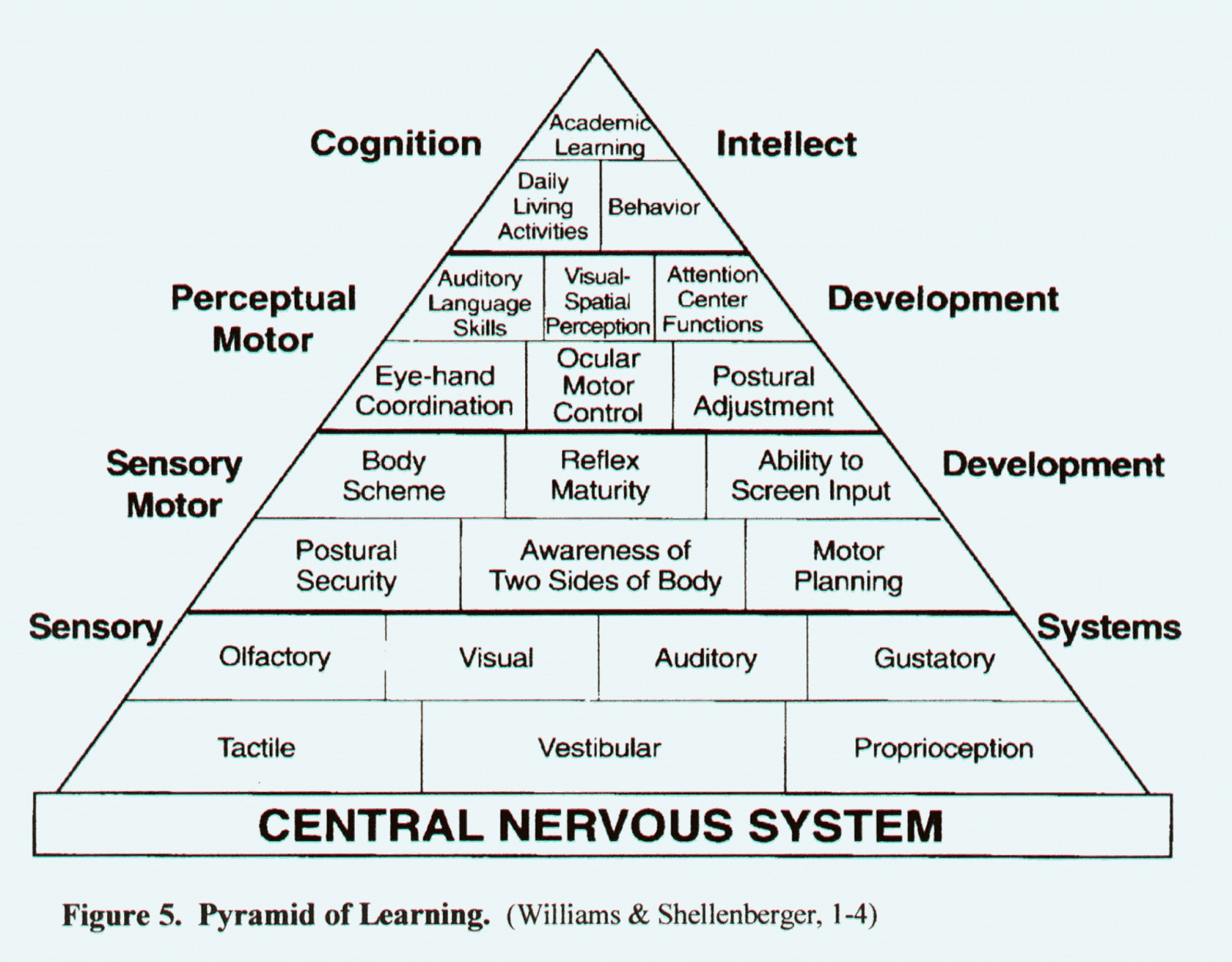Zellweger Syndrome which is also known
as cerebrohepatorenal syndrome is a rare congenital disorder. It is named after
Dr. Hans Zellweger, Swiss-American Pediatrician who researched this disorder.
Main
symptoms of this syndrome are
- Weak muscle tone (hypotonia)
- Feeding problems
- Hearing loss
- Vision loss
- Seizures
Zellweger spectrum disorders are a
group of rare, genetic, multisystem disorders that were once thought to be
separate entities. These disorders are now classified as different expressions
(variants) of one disease process. Collectively, they form a spectrum of disease.
- Zellweger syndrome is the most severe form
- Neonatal adrenoleukodystrophy is the intermediate form. Adrenoleukodystrophy is a genetic disorder that occurs primarily in males. It mainly affects the nervous system and the adrenal glands, which are small glands located on top of each kidney. It causes degeneration of myelin. Myelin is the covering which nerves and promotes efficient transmission of nerve impulses. The part of brain and spinal cord which contains myelin is called as white matter. Destruction of the myelin (demyelination) leads to loss of white matter (leukodystrophy).
- Infantile Refsum disease is the mildest form. Symptoms of this disease such as poor muscle tone may be noted at birth. Development is delayed in all aspects and mental retardation is soon evident. Hearing is poor as is vision, especially at night.
Zellweger spectrum disorders are also known
as peroxisome biogenesis disorders (PBDs) - a group of disorders characterized
by the failure of the body to produce peroxisomes that function properly. Some genes
provide instructions for making a group of proteins known as peroxins, which
are essential for the formation and normal functioning of cell structures
called peroxisomes. Peroxisomes are sac-like compartments that contain enzymes
needed to break down many different substances, including fatty acids and
certain toxic compounds. They are also important for the production of fats
(lipids) used in digestion and in the nervous system. Peroxins assist in the
formation (biogenesis) of peroxisomes by producing the membrane that separates
the peroxisome from the rest of the cell and by importing enzymes into the
peroxisome.
Mutations in the genes that cause the
Zellweger spectrum prevent peroxisomes from forming normally. Diseases that
disrupt the formation of peroxisomes, including the Zellweger spectrum, are
called peroxisome biogenesis disorders. If the production of peroxisomes is
altered, these structures cannot perform their usual functions. The signs and
symptoms of Zellweger syndrome are due to the absence of functional peroxisomes
within cells.
Children with this syndrome show the
symptoms during 1st year of birth as they develop life threatening
problems in tissues and organs such as liver, heart, lungs etc. Some get
skeletal abnormalities, facial deformation like flattened face, broad nasal
bridge, high forehead, etc. Children with this syndrome usually don’t survive
beyond 1st year of life due to the above issues. Some individuals with milder forms
have lived into adulthood.
Currently there is no cure for this
syndrome. Only precaution is to be taken to prevent complications from
pneumonia or respiratory distress. Since it is a genetic disorder, parents with
1 copy of the mutated gene when passes it to the child results in the syndrome.












































